 Zerr (nee Rankin), Sheila (1936-
Zerr (nee Rankin), Sheila (1936-
- See Memorial Nursing Portrait Collection, Fonds 18, Series 3, Subseries 7, File 2
- See Pages of History, Fonds 18, Series 3, Subseries 9, File 2
- See Oral History Files, Fonds 18, Series 3, Subseries 8
Sheila’s many achievements have been recognized in awards including a medal commemorating the Golden Jubilee of Her Majesty’s accession to the throne. She also received an Award of Distinction in 1999 from RNABC for her outstanding contribution to nursing in Canada.
She graduated from the Royal Jubilee Hospital School of Nursing and continued her studies with a BSc in Public Health Nursing in 1967 and a MEd in Psychopedagogy in 1971 from the University of Ottawa. Sheila worked as a staff nurse at a number of hospitals in Vancouver, Fredericton and Ottawa as well as for the VON before teaching at the Ottawa General Hospital. From 1971-1985, she was an assistant professor at the University of Ottawa before moving to BC, where she became a visiting assistant professor the University of Victoria. Since 1995, Sheila has been an adjunct professor, UBC School of Nursing.
Her community and professional involvements include chairing the Planning Committee for the International History of Nursing Conference in 1997, and Committee Chairperson for the Canadian Association of University Schools of Nursing, Learned Societies Conference, in 1989. She has been active as a consultant in the production of films and books. Her own writing includes co-authoring Pharmacology and the Nursing Process and a chapter in Fundamentals of Nursing.
Sheila is a founding member of the BCHoN Society, was instrumental in initiating the oral history project and has raised over $15,000 for HoN Scholarships by handcrafting a collection of miniature historical nursing figures. She is an honorary life member. Sheila has remained involved with the RJH School of Nursing Alumnae and ensured Begbie Hall, at RJH, was selected as a residence worthy of designation of National Historic significance.
Sheila has been an active member of her community, serving on various committees to improve health care.
Contents of Biographical File
- Biographical Information Profile
- Signed biographical release form
- Transcript of interview, October 27, 2001.
- Material related to Zerr’s receiving the Queen’s Golden Jubilee Award January 29, 2003.
- Hadley, Terry, “Changes Through Time”, South Delta Leader, May 9, 2003.
- Certificate for “Lighting the Lamp Campaign”, 2000
- Nomination for the Queen Elizabeth Diamond Jubilee Medal, June15, 2012.
- Presentation of Honorary Life Membership to Sheila Zerr – 2015.
- Two photographs
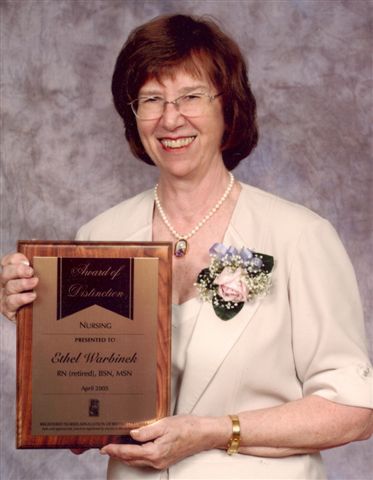 Ethel Warbinek 1934-
Ethel Warbinek 1934- Elizabeth Truant 1937 –
Elizabeth Truant 1937 –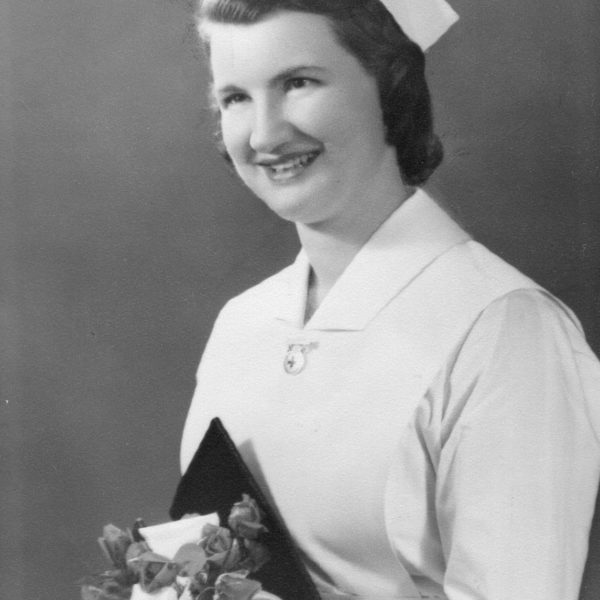 Zilm, Glennis (1935-
Zilm, Glennis (1935-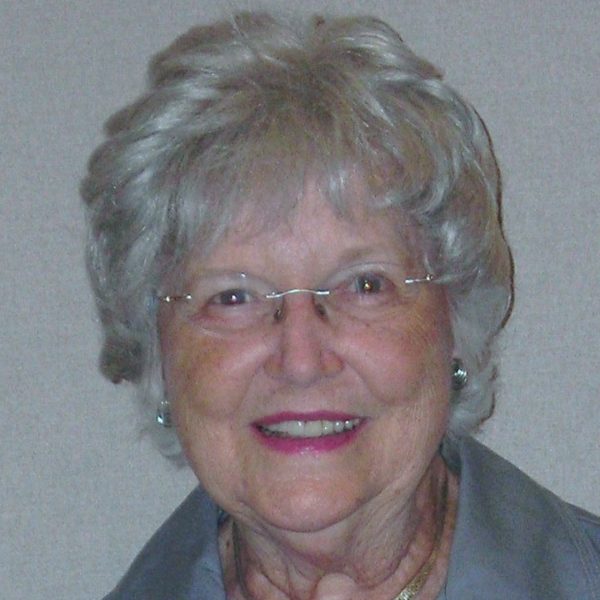 Zerr (nee Rankin), Sheila (1936-
Zerr (nee Rankin), Sheila (1936-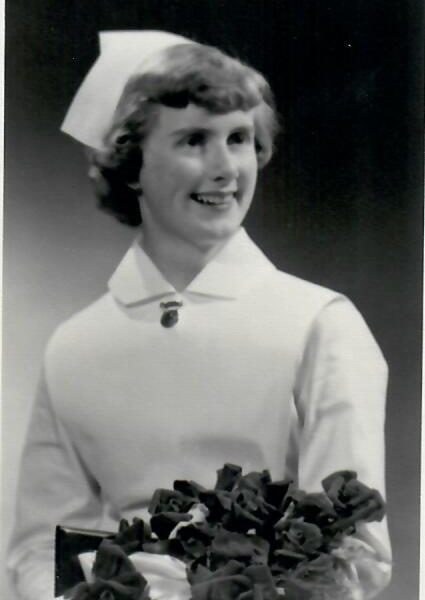 Wynne, (nee Donald) Elizabeth Jean (1934-
Wynne, (nee Donald) Elizabeth Jean (1934-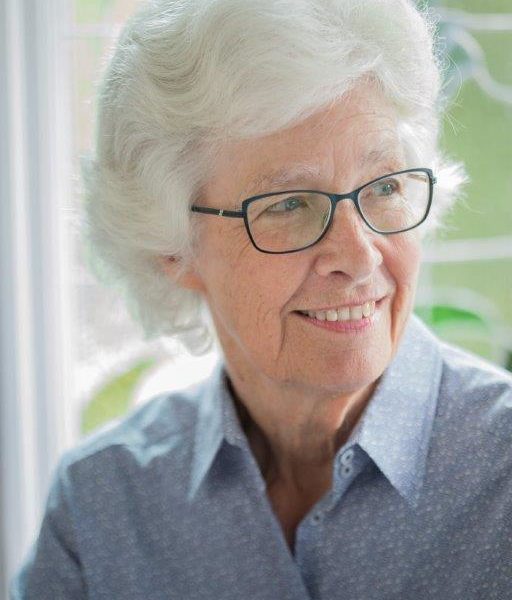 Wyness, Margaret Anne (1942- )
Wyness, Margaret Anne (1942- )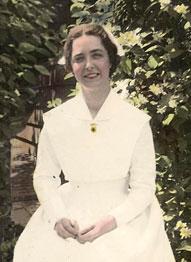 Wyness, (nee Reid), Alison (1912-2000)
Wyness, (nee Reid), Alison (1912-2000)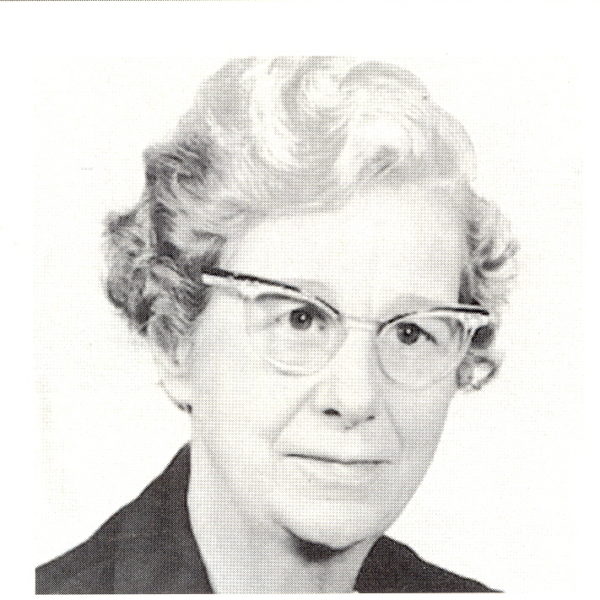 Wright, Alice Lillian (1894-2000)
Wright, Alice Lillian (1894-2000)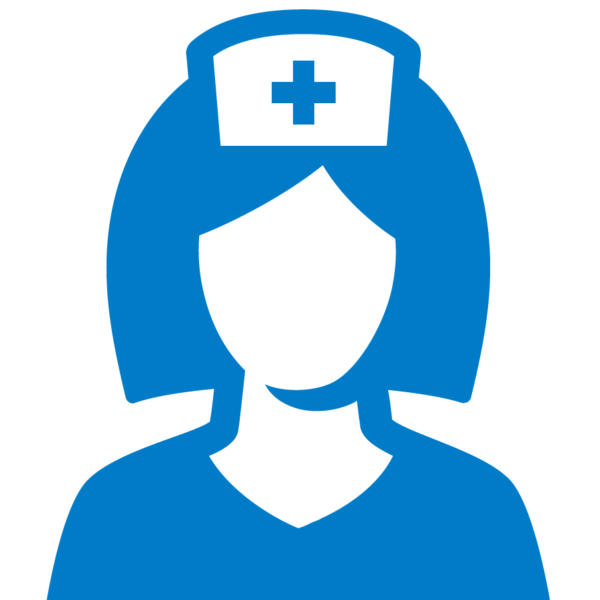 Worsley (nee Marriott), Evelyn “Effie” (1888- )
Worsley (nee Marriott), Evelyn “Effie” (1888- ) Woollam, Mary (1910-2012)
Woollam, Mary (1910-2012)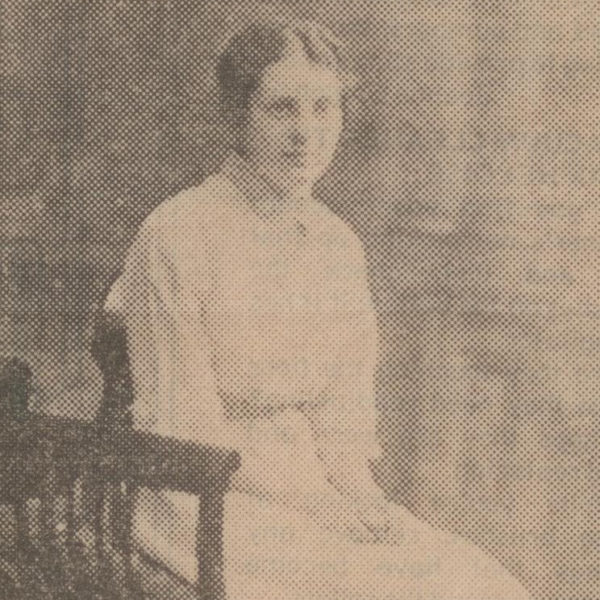 Wooding, Lillian Agnes
Wooding, Lillian Agnes Wood, Bea (1899-1992)
Wood, Bea (1899-1992)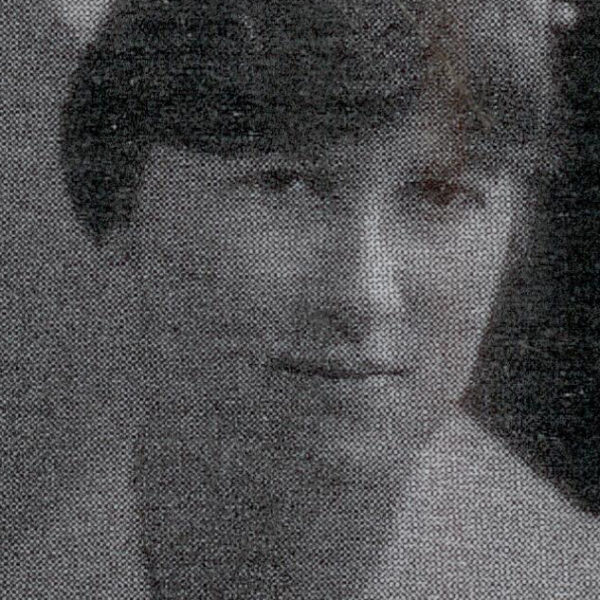 Wolfenden, Eula “Peggy” (1907-1954)
Wolfenden, Eula “Peggy” (1907-1954)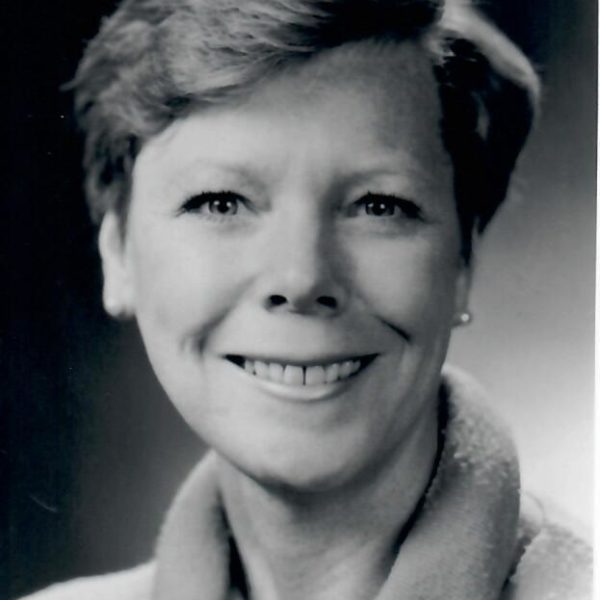 Winter, Carol Lenore (1950-1996)
Winter, Carol Lenore (1950-1996) Wilson, Rosemary J. (1921-
Wilson, Rosemary J. (1921-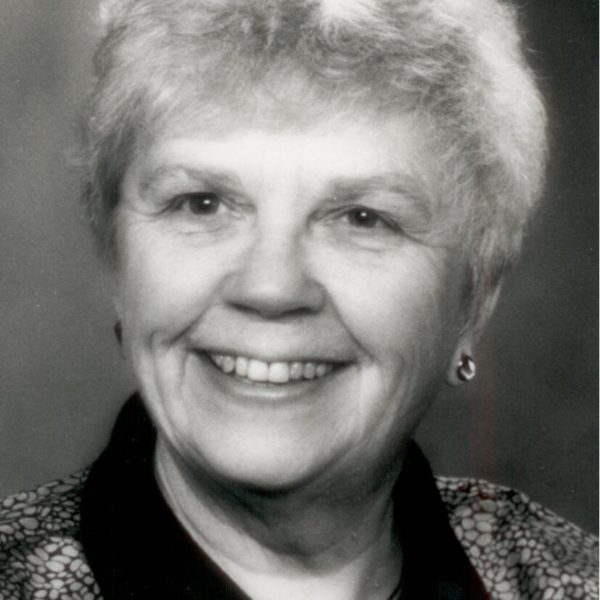 Willman, Marilyn Dawn (1928- 2021 )
Willman, Marilyn Dawn (1928- 2021 ) Williamson, Eva Moody “Billie” (1917-2018)
Williamson, Eva Moody “Billie” (1917-2018) Whitehead, Ursula “Fif” (1899-1998)
Whitehead, Ursula “Fif” (1899-1998) Waugh, Elsie L. (1908-1993)
Waugh, Elsie L. (1908-1993) Wait, Ethel S. (1912-2009)
Wait, Ethel S. (1912-2009) Wadsworth, Patricia Mary (1931-2017)
Wadsworth, Patricia Mary (1931-2017) Upshall, Edna Muriel (1906-1989)
Upshall, Edna Muriel (1906-1989)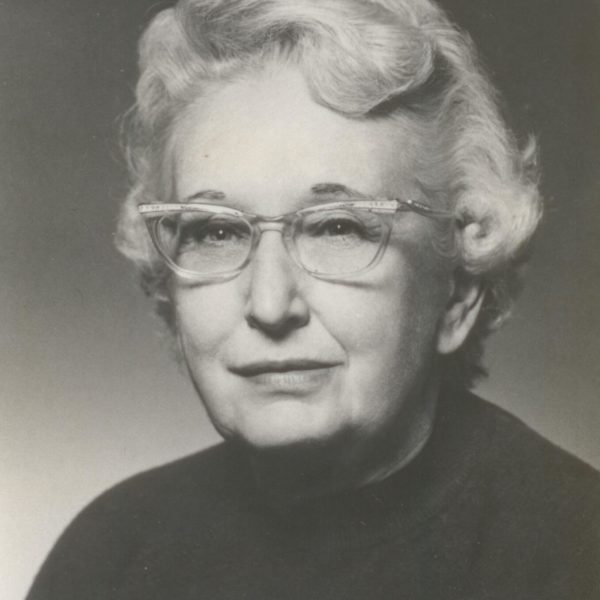 Uprichard, Muriel (1911-1995s)
Uprichard, Muriel (1911-1995s)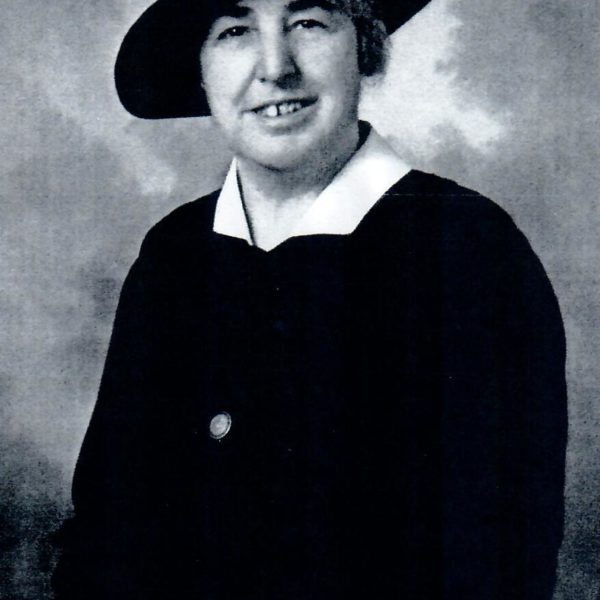 Twiddy, Martha Anna (1888-1965)
Twiddy, Martha Anna (1888-1965) Trout, Margaret Ferne (1919-2006)
Trout, Margaret Ferne (1919-2006)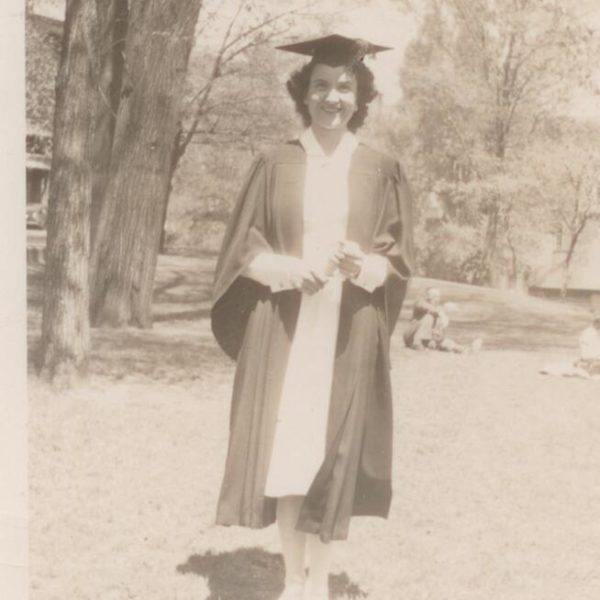 Tribbeck, Victoria Louise (1915- 2004)
Tribbeck, Victoria Louise (1915- 2004)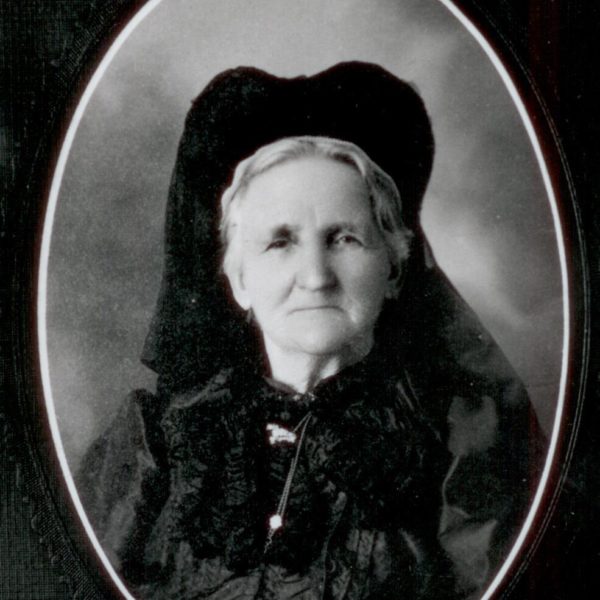 Trethewey, Mary Ann (1834-1908)
Trethewey, Mary Ann (1834-1908) Trethewey, Grace (1918-2008)
Trethewey, Grace (1918-2008) Trethewey, Cora (1903-1993)
Trethewey, Cora (1903-1993)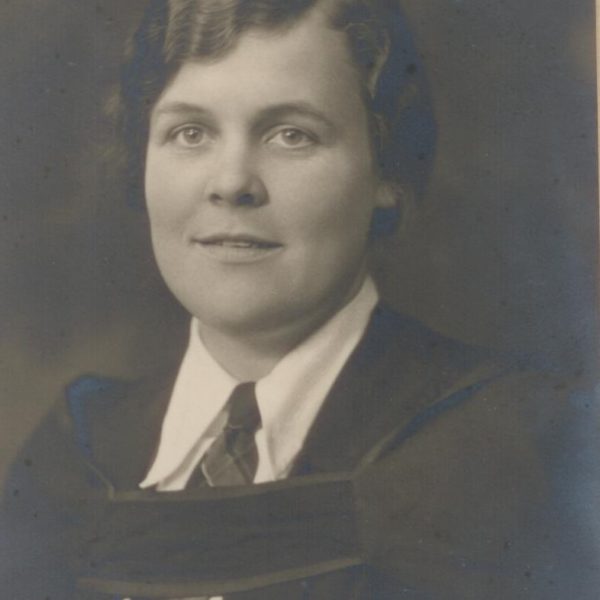 Tisdall-Hatfield, Edith White “Toddy” (1905-1984)
Tisdall-Hatfield, Edith White “Toddy” (1905-1984) Thomson, Bertha (1888-1975)
Thomson, Bertha (1888-1975)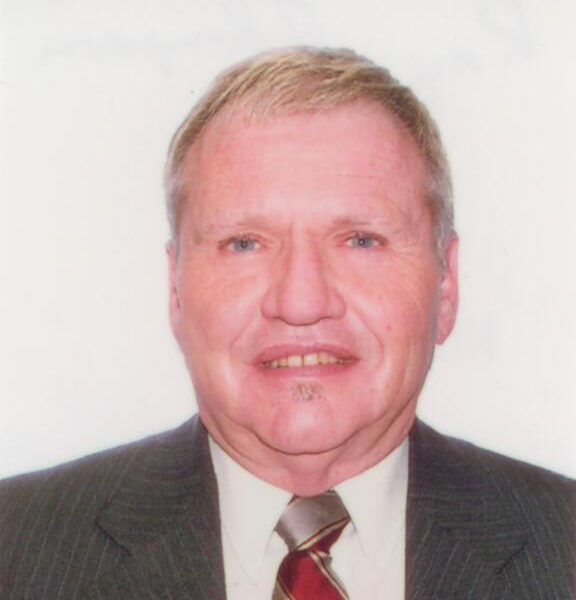 Thompson, Ray Malcolm (1942-
Thompson, Ray Malcolm (1942-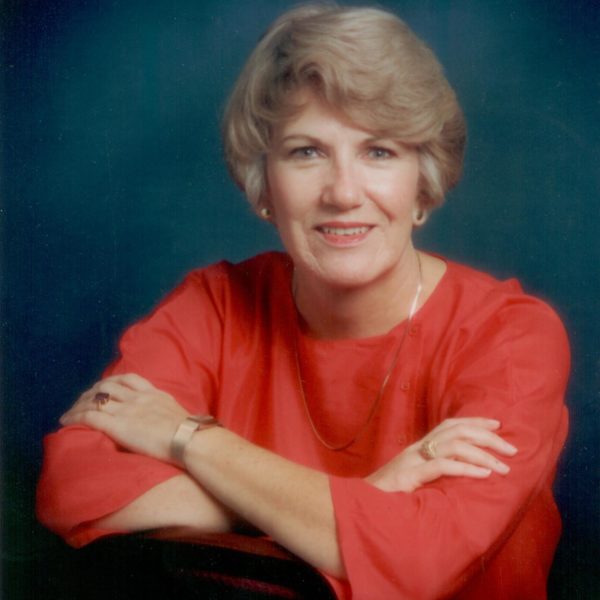 Thompson, Jill (1937-2001)
Thompson, Jill (1937-2001) Thatcher, Margaret “Meg” (1892-1987)
Thatcher, Margaret “Meg” (1892-1987)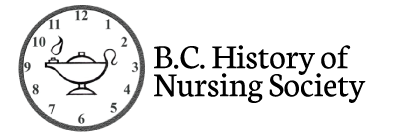
 Warbinek, Ethel
Warbinek, Ethel
 Zilm, Glennis (1935-
Zilm, Glennis (1935-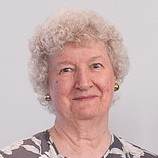 Glennis presents numerous classes and public speeches on the history of nursing usually attired in a historical nursing costume.
Glennis presents numerous classes and public speeches on the history of nursing usually attired in a historical nursing costume. Zerr (nee Rankin), Sheila (1936-
Zerr (nee Rankin), Sheila (1936- Wyness, Margaret Anne (1942-
Wyness, Margaret Anne (1942- Wright, Alice Lillian (1894-2000)
Wright, Alice Lillian (1894-2000)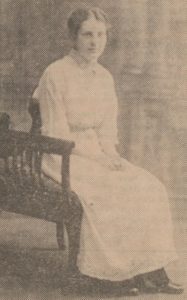 Wooding, Lillian Agnes
Wooding, Lillian Agnes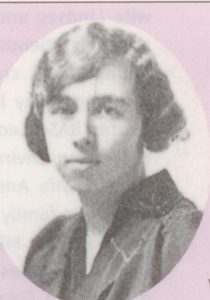 Wood (nee Johnson), Bea (1899-1992)
Wood (nee Johnson), Bea (1899-1992)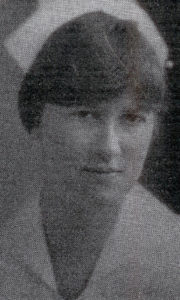
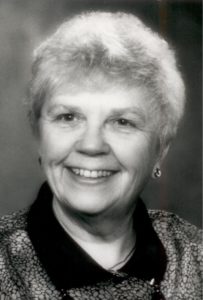 Willman, Marilyn Dawn (1928- )
Willman, Marilyn Dawn (1928- ) Williamson, Eva Moody “Billie” (1917-2018)
Williamson, Eva Moody “Billie” (1917-2018)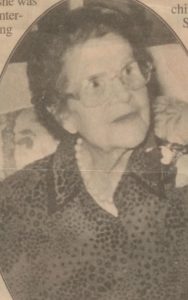 Whitehead, Ursula “Fif” (1899-1998)
Whitehead, Ursula “Fif” (1899-1998) Wadsworth (nee Beck), Patricia Mary (1931-2017)
Wadsworth (nee Beck), Patricia Mary (1931-2017)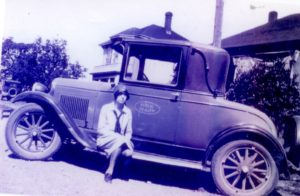 Upshall, Edna Muriel (1906-1989)
Upshall, Edna Muriel (1906-1989)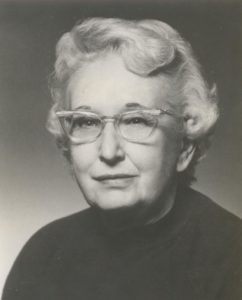 Uprichard, Muriel (1911-1995)
Uprichard, Muriel (1911-1995)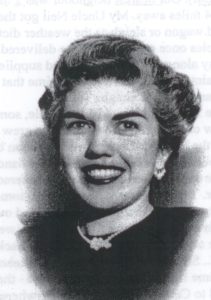 Trout, Margaret Ferne (1919-2006)
Trout, Margaret Ferne (1919-2006) Tribbeck (nee Protti), Victoria Louise (1915- 2004)
Tribbeck (nee Protti), Victoria Louise (1915- 2004)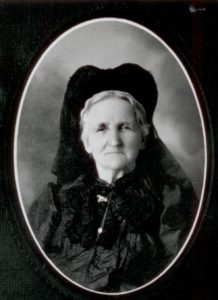 Trethewey (nee Ogle), Mary Ann (1834-1908)
Trethewey (nee Ogle), Mary Ann (1834-1908) Tisdall-Hatfield, Edith White “Toddy” (1905-1984)
Tisdall-Hatfield, Edith White “Toddy” (1905-1984)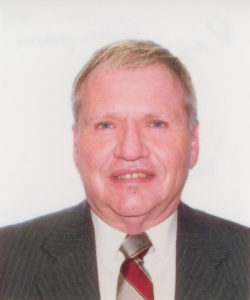 Thompson, Ray Malcolm (1942-
Thompson, Ray Malcolm (1942-